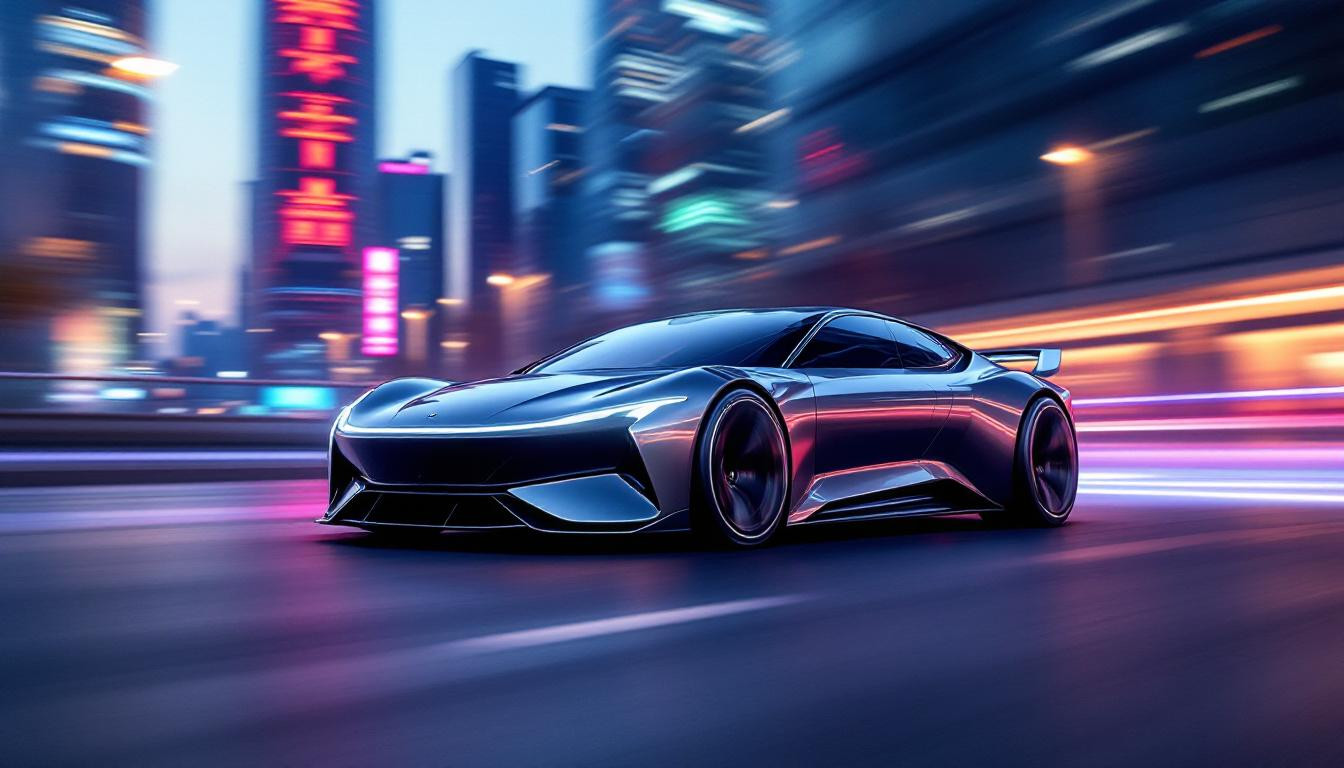The electric vehicle market is witnessing a seismic shift this spring, as Chinese tech giant Xiaomi’s SU7 electric sedan has outpaced Ford and GM’s combined EV sales in early 2025. This unprecedented achievement marks a pivotal moment in the automotive industry’s ongoing electrification revolution, challenging traditional automakers and redefining consumer expectations.
A tech giant’s automotive breakthrough
Launched just over a year ago, the Xiaomi SU7 has rapidly become a dominant force in the global EV market. With more than 200,000 units sold since its debut, Xiaomi’s automotive gamble has paid off spectacularly, positioning the company as a serious competitor to established automotive brands.
“Xiaomi has bucked the trend and managed to push so aggressively and successfully into the EV market because the company’s CEO, Lei Jun, has made it a priority,” notes Daniel Desjarlais, Global Spokesperson for Xiaomi. “Having him hands-on for the project has been part of the reason that we’re doing so well.”
Performance that rivals premium brands
The SU7 lineup offers impressive performance across its range:
- SU7 Standard: 220 kW (299 hp), 0-60 mph in 5.28 seconds
- SU7 Max: 495 kW (673 hp), 0-60 mph in 2.78 seconds
- SU7 Ultra: A staggering 1,548 hp, 0-60 mph in just 1.98 seconds
The performance metrics are comparable to vehicles costing twice as much, creating what automotive analysts call the “Xiaomi value proposition” – cutting-edge technology at accessible price points.
Technology integration that changes the game
What sets the SU7 apart isn’t just its acceleration figures but its revolutionary battery technology and smart features. The vehicle features Xiaomi’s HyperOS operating system powered by Qualcomm’s Snapdragon 8295 processor, creating a seamless tech ecosystem.
“Xiaomi’s rapid success in the electric vehicle market serves as a wake-up call for legacy automakers,” says automotive analyst Jin Wei. “They’ve leveraged their technological expertise to create a vehicle that’s as much a smart device as it is a car.”
Why traditional automakers are struggling to compete
Despite Ford reporting a 38% increase in EV sales and GM seeing a 50% year-over-year growth, neither American automotive giant has managed to match Xiaomi’s remarkable momentum in the EV space. The SU7’s success follows a pattern of Chinese EV manufacturers gaining global market share through aggressive pricing and cutting-edge technology.
Industry experts point to several factors explaining this competitive gap:
- Xiaomi’s established consumer electronics ecosystem
- Lower manufacturing costs and vertical integration
- Aggressive pricing strategy targeting premium-segment performance
- Advanced battery technology and superior range efficiency
The consumer experience
The waiting list for the SU7 continues to grow despite production increases. Current delivery times range from 28 to 38 weeks, similar to the excitement once seen with early Tesla models. This unprecedented consumer enthusiasm speaks volumes about the changing landscape of automotive desire.
“The SU7 isn’t just transportation—it’s like upgrading from your first flip phone to the latest smartphone,” explains automotive journalist Maya Rodriguez. “The integration of technology creates an experience that makes traditional cars feel instantly outdated.”
What this means for the future of mobility
As spring 2025 unfolds, Xiaomi is already planning its next move with the upcoming YU7 crossover, aimed at competing with Tesla’s Model Y. Meanwhile, Ford and GM are reassessing their EV strategies in response to this new competitive landscape.
The SU7’s success demonstrates that the future of electric vehicles may not belong to traditional automakers but to technology companies that understand how to integrate transportation into our digital lives. As consumers increasingly view cars as extensions of their connected lifestyle, companies like Xiaomi have a significant advantage that Ford and GM must work quickly to overcome.
